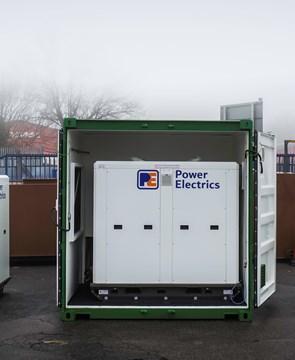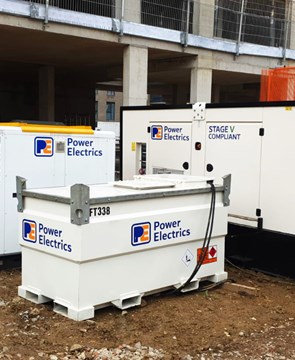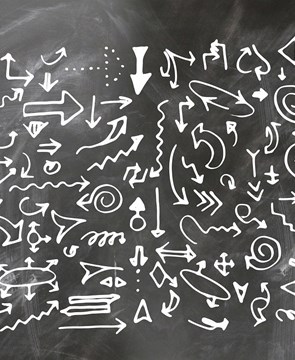The History of the Diesel Generator
The diesel generator was first invented over a century ago, and as we start another new year, we thought we would look back at the history of the Diesel Generator.
The History
If you know anything about diesel generators, you will know that there are two primary components that make up the generator itself.
The diesel engine is the first and most apparent component; without this, no motion would be created. The second is the alternator, the section that takes the movement produced and uses it to rotate a magnet in the middle of conductors to produce a charge.
Both these parts have two different creators but then come together to create what we know today as a diesel generator.
Rudolf Christian Karl Diesel – Diesel Engines
Born in Paris in 1858 to German parents, Rudolf’s early life involved a lot of movement and education in many cultures, from France to England, then to Germany. By 14, Rudolf could speak three different languages and had made the decision he would become an engineer.
Rudolf started his development into engines in Augsburg, Germany, at Maschinenfabrik-Augsburg-Nürnberg (MAN); this was still at a time when steam engines were still the main source of power. However, steam engines ran at around 10% heat efficiency, whereas Rudolf believed his engines could turn 75% of heat into energy. His initial engines were not as fruitful as he had hoped and were unreliable, only reaching 26.2%, causing customers to request refunds.
This left Rudolf in financial trouble for a lot of his life, his work however continued, and he found some success with his fuel (Diesel). The French military was one of the first adopters, followed by French submarines. The inventions also drew interest from Germany, but Rudolf refused them exclusive rights to his designs. The British Navy also expressed interest and wanted to implement his engines and fuel into their ships.
On the way to a meeting in England to discuss this interest further Rudolf fell overboard to his death. It is still unknown if his death was a result of suicide due to his debts, or if he was murdered by the Germans to stop his inventions from reaching their hands.
After his death, many companies sat waiting for his patents on his creations to expire, they then carried on with his work, and after World War One, his inventions became widely used. In the 1920s the first diesel-powered trucks started to appear, in the 1930s diesel trains became more common, and by 1939 a quarter of sea trade was fuelled by diesel.
During World War Two the diesel engine became more powerful and efficient, and developed into the machines we use today.
Michael Faraday – Electrical Generators
Born in Surrey, England, in 1791, Michael Faraday was a physicist and chemist whose many experiments contributed greatly to the understanding of electromagnetism. The main finding that impacted the future of generators was in August 1831, Electromagnetic induction. This is the process of creating electro-motive force (EMF) by moving a magnetic field around an electric conductor.
In the following months, Faraday successfully conducted an experiment that demonstrated the relationship between magnetism and motion. And so the electrical generator was born, it would take many iterations and developments in both alternating and direct current generators until we would get anywhere near the standard used today. The likes of Hippolyte Pixii, Lord Kelvin, Sebastian Ferranti, and Ganz Works all played a crucial part in developing the electrical generator.
Virtually all electric power is produced using Faraday’s principles, no matter the prime source of energy, be it coal, petrol, diesel, nuclear, hydro, or wind.
The First Uses
Due to Rudolf’s first designs being rather large, heavy, and unwieldy, the first common use of the diesel engine being coupled with an electric generator tended to be for industrial applications. The applications included power pipelines, electric plants, and water plants and as designs progressed, efficiency and reliability improved, they found application in both mines and oil fields.

The Development Over Time
From oversized, heavy, and unwieldy, the diesel generator has developed immensely over the last century; becoming more efficient, lighter, and more ecologically friendly. Other developments in the industry include; the use of more environmentally friendly fuels, such as HVO (Hydrotreated Vegetable Oil), hybrid battery systems, and Stage V regulations.
The stereotype of a generator being a massive, polluting, noisy and smelly piece of machinery is no longer the reality. Many generators nowadays have built-in acoustic barriers and insulation, anti-vibration mounts, more efficient fuel-saving engines, and are more compact.
It wouldn’t be until 1963 that Power Electrics entered the generator scene, starting life with only four ex-military Generators. Nowadays Power Electrics operates out of several locations across the country, including the UK's largest purpose-built generator depot, with a fleet of over 2,500 generators and 25 HGVs.




